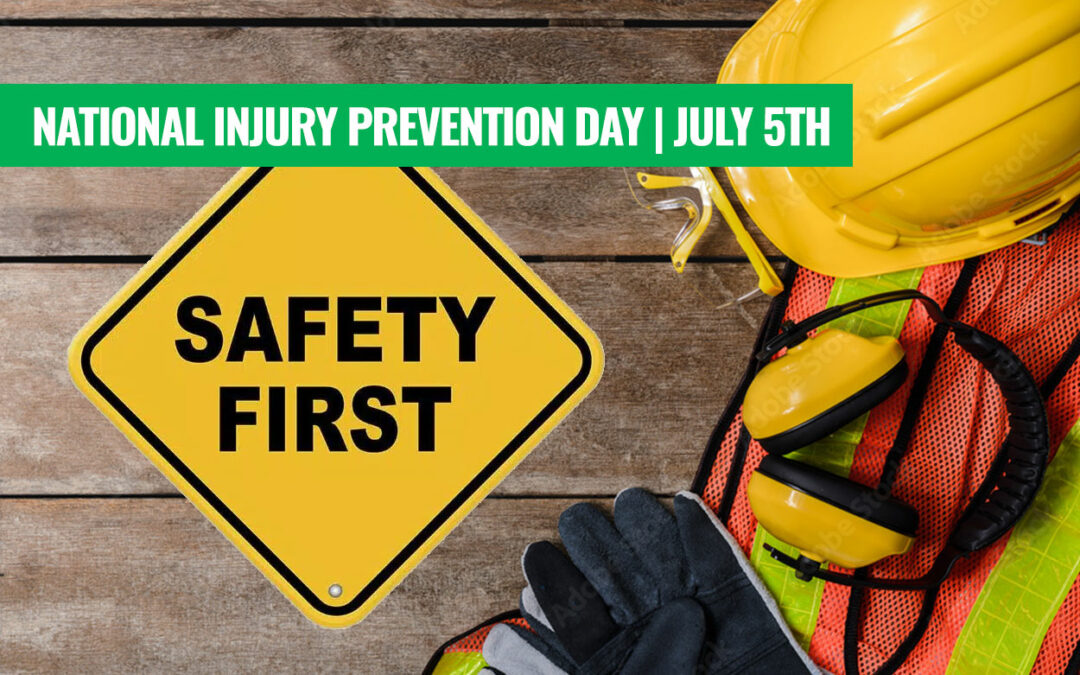
Celebrating Safety: National Injury Prevention Day
Celebrating Safety: July 5th, National Injury Prevention Day
Every year, millions of Canadians step into their workplace with the assurance of safety and the anticipation of productivity. This feeling of security stems from the principles of injury prevention, principles that we celebrate annually on National Injury Prevention Day. This year, on July 5th, let’s take a deep dive into the significance of this day and how we can implement its ethos in our daily work lives.
Understanding the Importance
Workplace injuries are more than mere numbers; they represent real people and real challenges. In 2021 alone, over 250,000 workplace injuries were reported in Canada, with approximately 1000 proving fatal. It’s these compelling figures that remind us of the urgency and relevance of National Injury Prevention Day.Identifying and Addressing Hazards
Prevention begins with awareness. Identifying potential hazards, from physical threats like unsecured machinery to more covert risks such as prolonged stress, is the foundation of crafting effective safety measures. And remember, fostering a safe work environment is a shared responsibility, so let’s create a space where everyone feels comfortable voicing their concerns.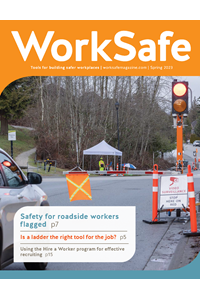 The Role of Employers
The Role of Employers
Employers play a pivotal role in promoting a culture of safety. Regular training sessions equip employees with the knowledge and skills to navigate potential hazards. Further, the provision of ergonomic workstations helps prevent repetitive stress injuries, underlining the employer’s role in not just managing, but eliminating risks.
Leveraging Technology for Safety
In the digital age, technology serves as a powerful ally in maintaining workplace safety. Safety apps, wearable devices, and automated machinery reduce human errors, significantly contributing to injury prevention. Embracing these technological advancements is an essential step towards safer workspaces.
First-Aid Preparedness
First-aid preparedness forms a critical component of workplace safety, playing a vital role in mitigating the impact of injuries. Quick and efficient first-aid responses not only drastically reduce the severity of injuries, but they can also save lives. Hence, it’s of utmost importance that workplaces invest in first-aid training for staff and ensure first-aid kits are always within reach.The SOS Oxygen & OHS Program
We’re passionate about making your workplace a haven of safety! By teaching your staff how to respond in
the event of a medical emergency, we can foster a culture of mindfulness and caution.
You know, the more wisdom your team packs, the safer your workplace becomes.
Let’s work together to create an environment where safety is second nature to everyone on your team.
First Aid Training for:
For more information or to schedule a class please email: training@sostech.ca
National Injury Prevention Day and Beyond
National Injury Prevention Day is not just a one-off event; it’s a powerful reminder of our ongoing commitment to safety. By fostering open communication, promoting regular training, embracing technology, and preparing for emergencies, we can make every day an Injury Prevention Day.Maintaining Vigilance with Regular Inspections
Regular inspections are integral in maintaining a safe workplace. They allow potential hazards to be identified and addressed promptly, ensuring these issues don’t escalate into serious threats.The Power of Collaboration and Continuous Improvement
A successful safety culture thrives on feedback and continuous improvement. Encouraging employees to share their insights and ideas can lead to practical solutions that further enhance workplace safety.Safety is Everyone’s Business
Every individual, from the CEO to the newest intern, plays a crucial role in promoting workplace safety. Rather than playing the blame game, we should strive to work together towards preventing accidents and fostering a safer working environment.Join Us in Observing National Injury Prevention Day
National Injury Prevention Day serves as a rallying cry for all Canadians to commit to making our workplaces safer. The lessons of this day extend beyond the 24 hours, reminding us of our shared responsibility to ensure safety at work, every day. We encourage everyone to participate in National Injury Prevention Day. By actively engaging, you can help us promote a culture of safety and work towards a future where preventable injuries are dramatically reduced.Here’s how you can join:
1. Educate Yourself and Others: Make use of the resources we provide to learn about injury prevention and share that knowledge with your community. 2. Advocate: Raise your voice in support of policy changes that prioritize safety and injury prevention. 3. Participate in Events: Join local and virtual events focused on safety awareness. Your participation makes a difference. 4. Promote on Social Media: Use the power of social media to spread the word about National Injury Prevention Day. Remember, your voice can influence others.Our SOS Emergency Response Technologies ERT Presentation for safety and preparedness.
Visit Parachute.ca for more information on National Injury Prevention Day
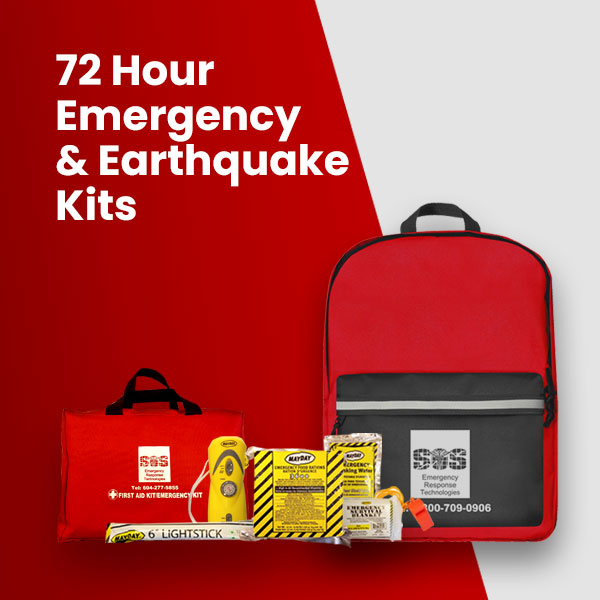
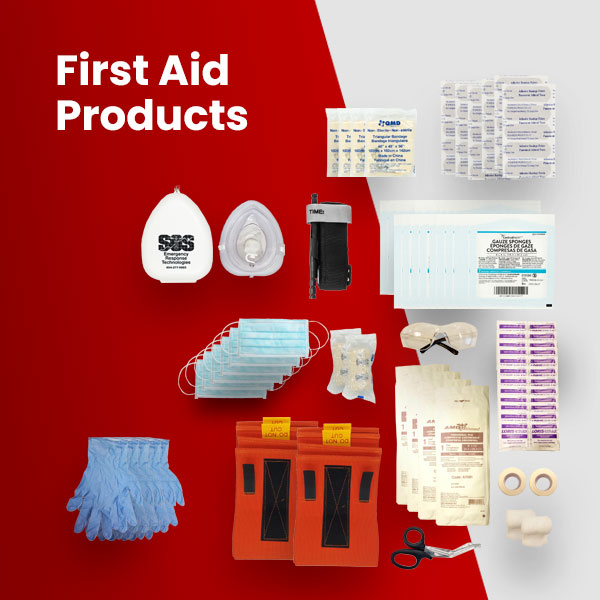
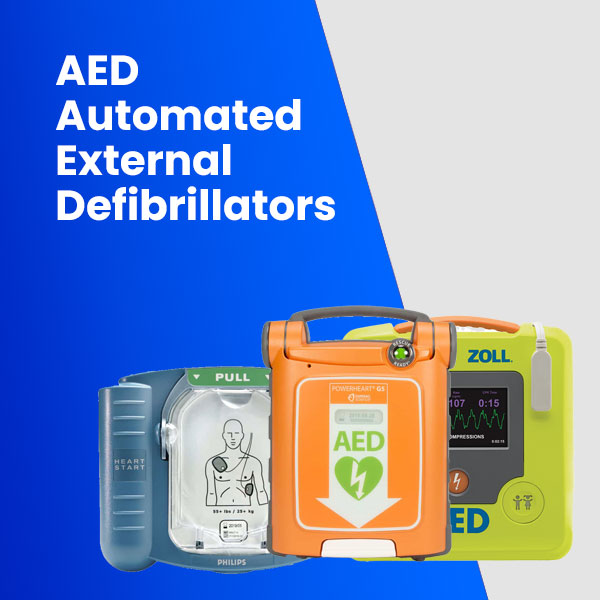

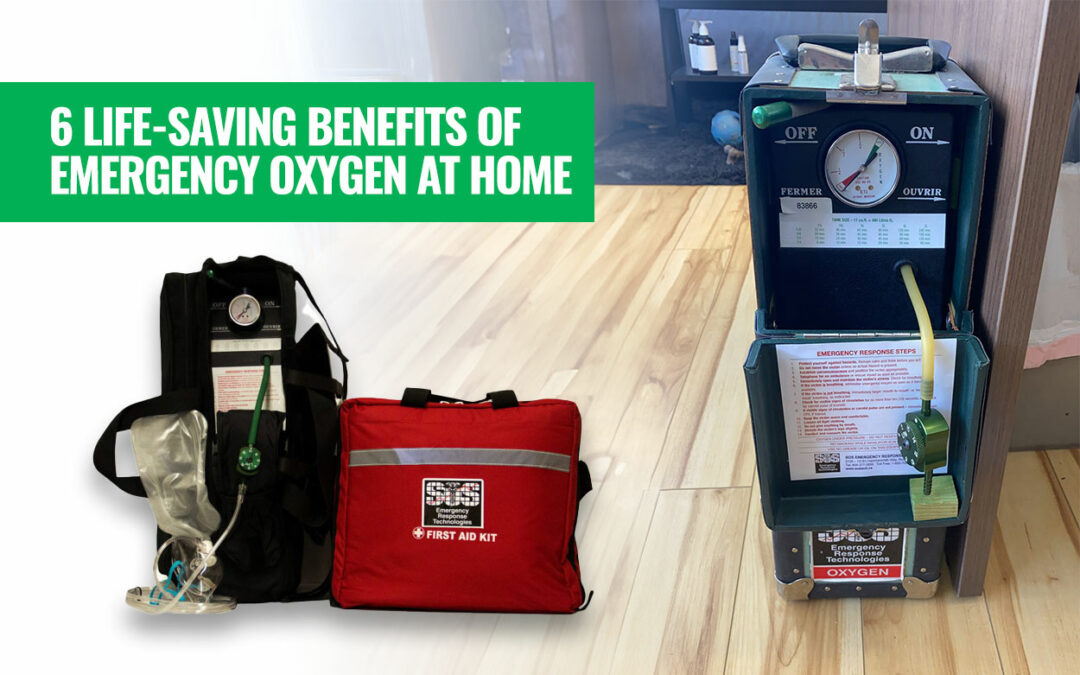
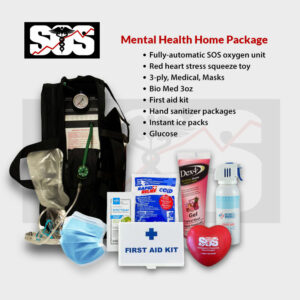
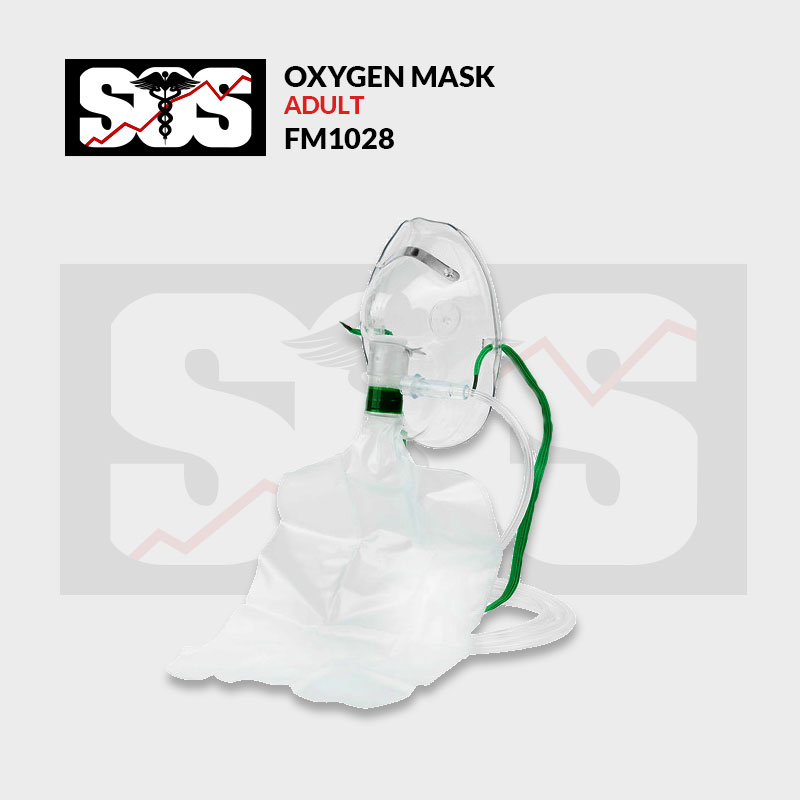
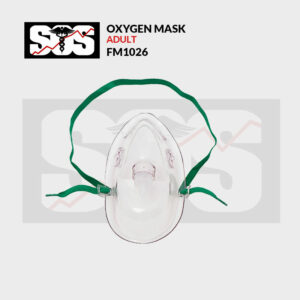
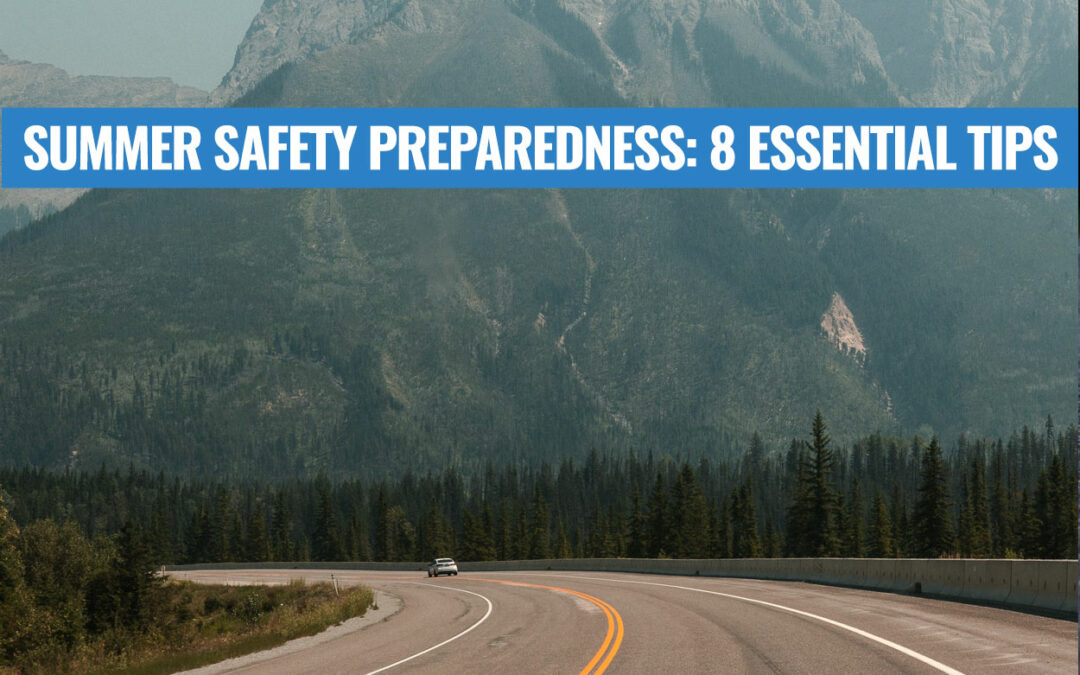
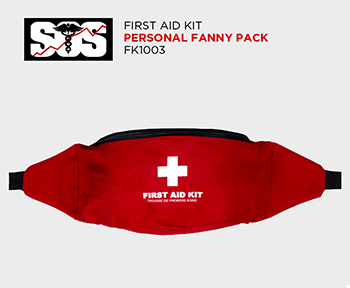
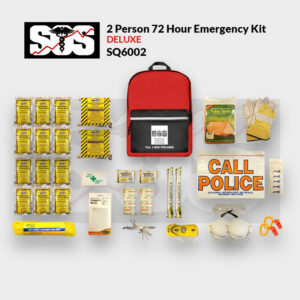
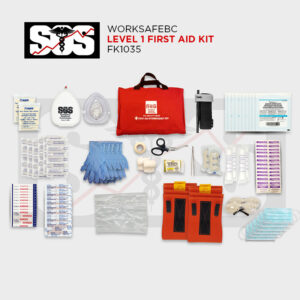
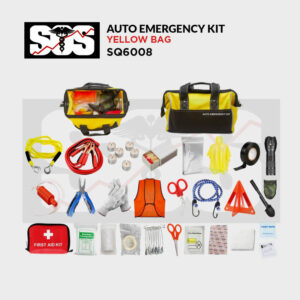
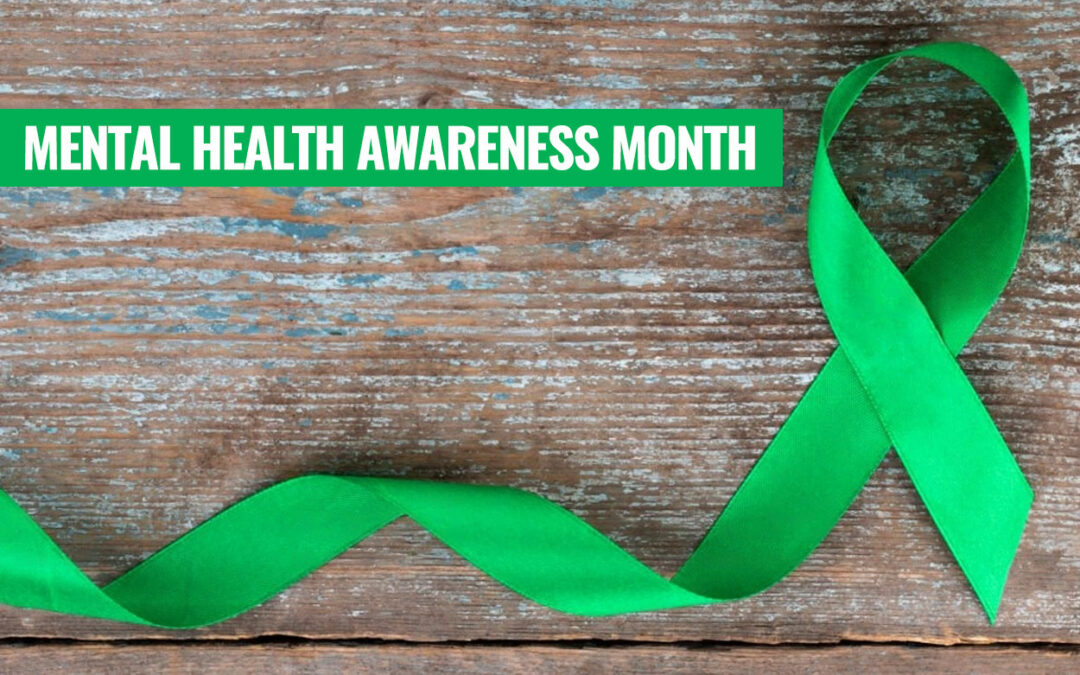
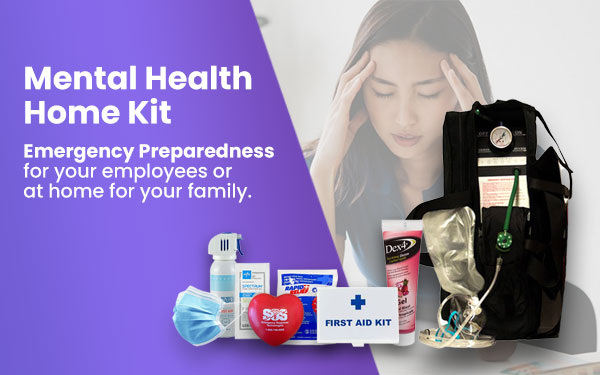
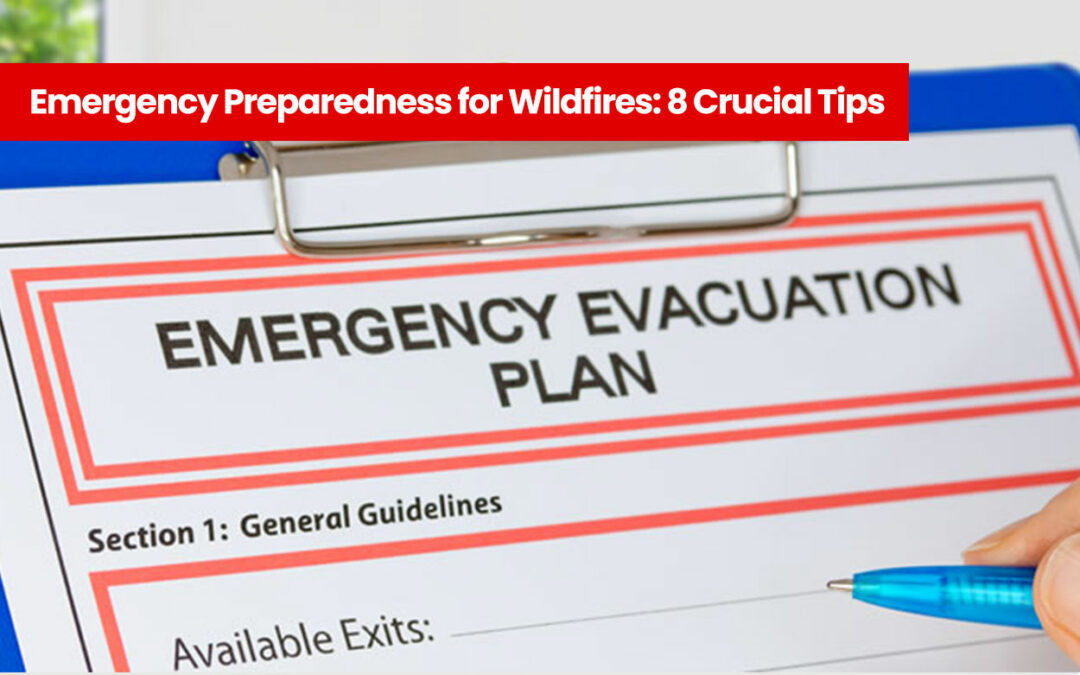

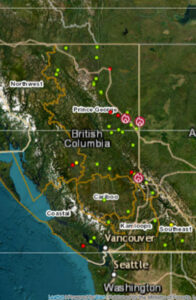
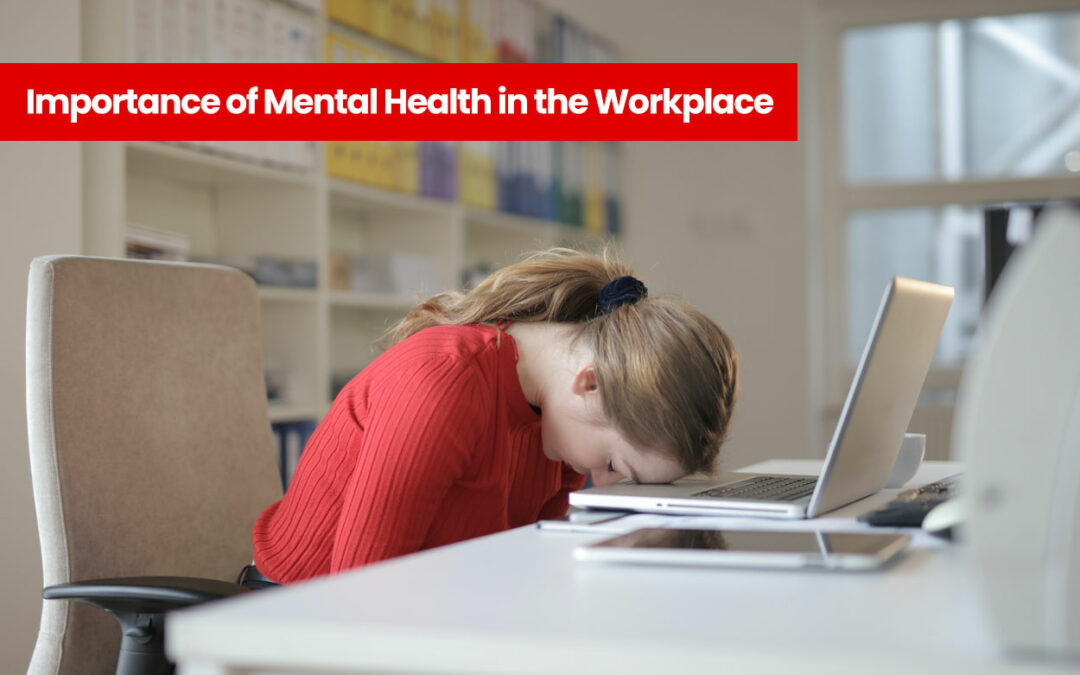
 The Impact of Mental Health on Employee Performance
The Impact of Mental Health on Employee Performance FAQ
FAQ